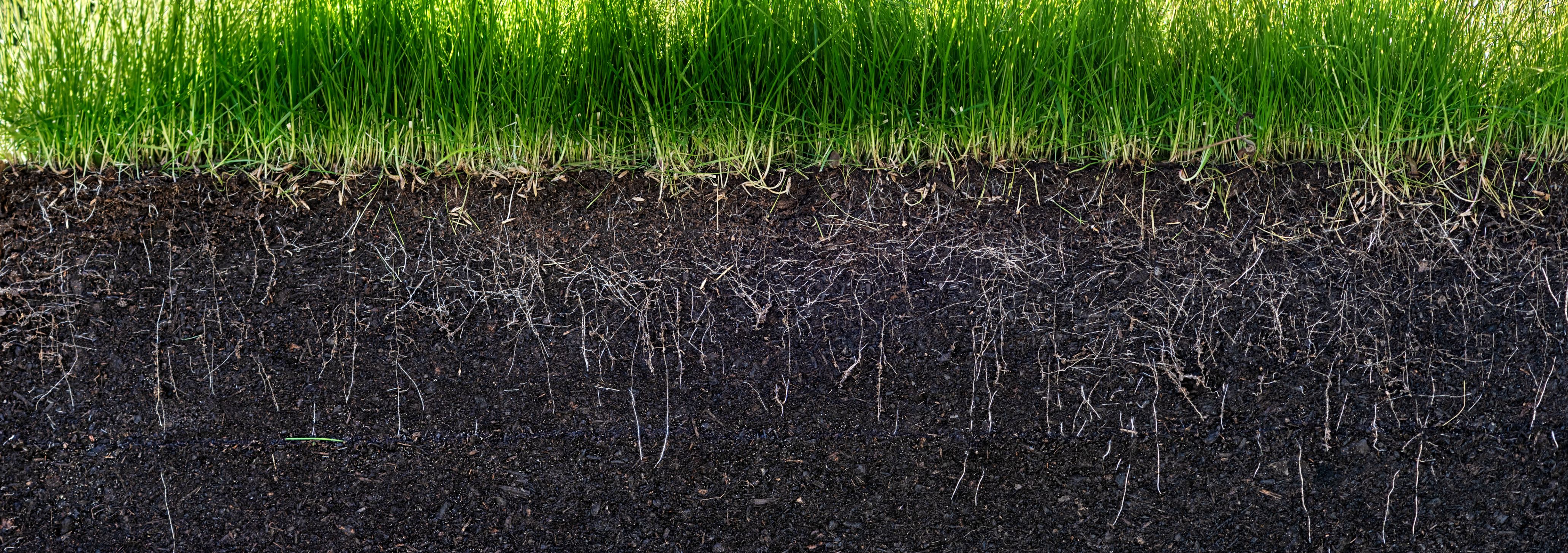
Digital approaches to uncover below-ground crop architecture driving increased productivity
Project Outline
Root system architecture is the physical configuration of root systems in time and space. It is important for determining how plants acquire and use soil resources. As the “hidden half” of a crop plant, the role of root systems in driving productivity and environmental responsiveness remains an under-studied research area. The complexity of the soil environment, and the genotype x environment x management interactions make it extremely difficult to reliably assess and select superior root types.
This project will apply a range of digital tools including deep neural networks and time-course machine learning to address major questions about crop root development. The project will focus on major crop species (wheat, barley, canola and the emerging legume cowpea) in order to develop cross-species protocols and approaches. It will combine physical experimentation (using custom-built rhizoboxes at ANU designed to capture high-resolution images for dynamic assessment of root system architecture) with novel validation approaches (pairing physical and digital approaches). It will also connect genome-to-phenome using multi-layered ‘omics data to develop predictive breeding and selection tools.
What the student will learn from engagement in the project
The student will have a broad learning from this project across practical crop science (technical knowledge in plant growth, experimental design and management, imaging using a range of technologies, data collection and analysis, genetic approaches), development and use of digital tools (computational skills in application of deep neural networks, time course machine learning, bioinformatic/statistical prediction of genome-to-phenome) and integration of discipline expertise (data science applied to a biological challenge). The student will also benefit from the partnership between ANU and CSIRO and will have access to technical expertise in the BDSI (ANU) and Data61 (CSIRO) as well as personal and professional development opportunities across organisations.
To register an expression of interest, click here. You will need to outline why you have selected the research project and how your skills, experience and/or knowledge meet the project requirements.
